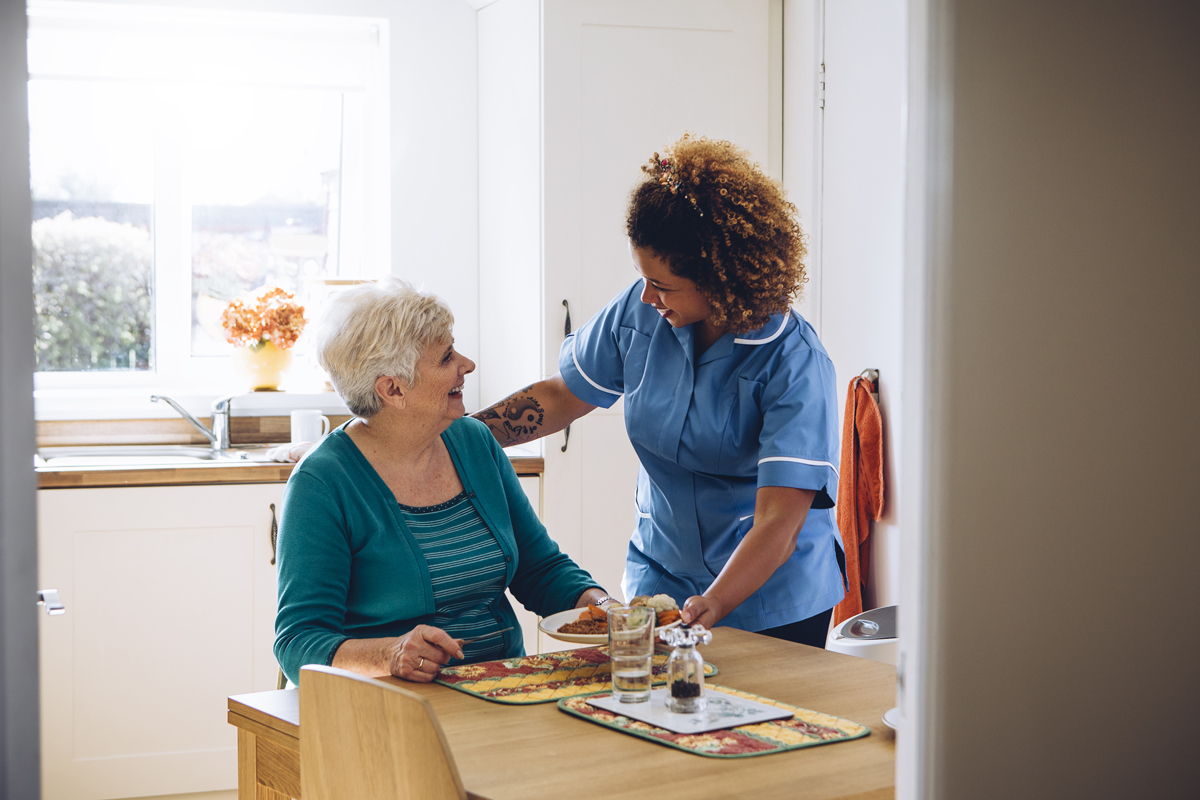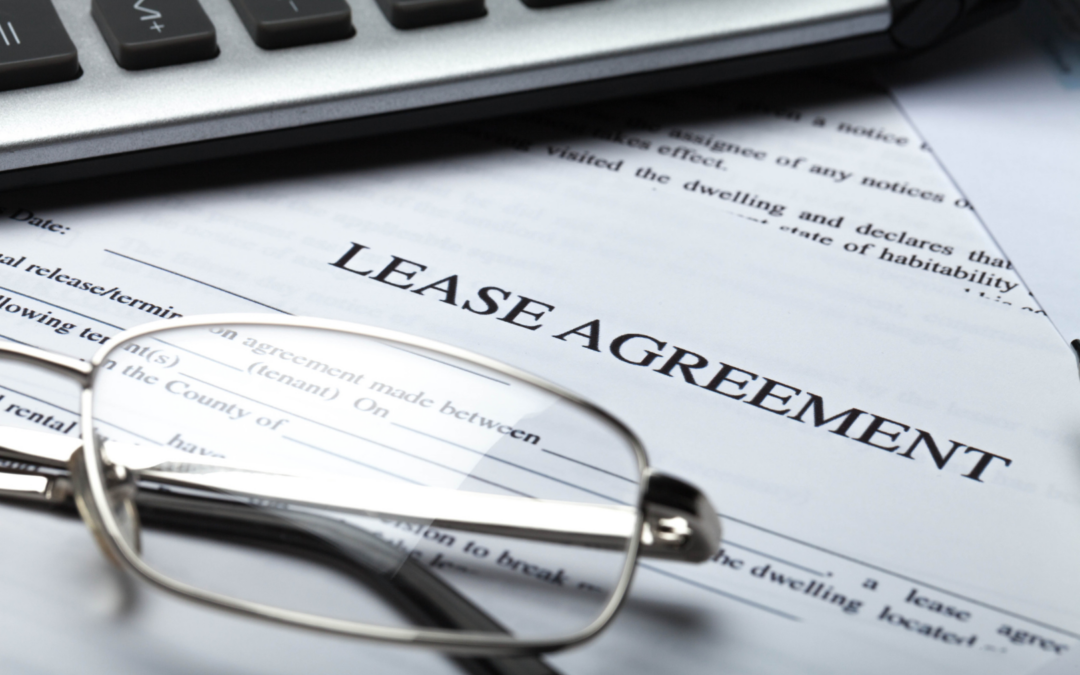The ‘dementia tax’ has caused many stirrings through Theresa May’s campaign trail but what was proposed and what is still promised for property when it comes to care costs?
The Conservative party manifesto was launched with a pledge that people would have to pay all of their care costs, whether at home or in a care home, apart from their last £100,000 of assets, which would be allowed to be passed on as inheritance.
Climb-down
But just four days after being announced, Theresa May climbed down following a backlash from the opposition and from voters.
The manifesto revealed that rising property values were now seen as a way of funding social care. It stated: ‘Many older people have built considerable property assets due to rising property prices.’
Read OnTheMarket.com’s mini guide for more information on each of the main parties’ manifestos here.
At present the value of the property is only taken into account when an elderly person moves into a care home but under the manifesto pledge, people would be forced to sell their homes to pay for care bar £100,000 of assets. This was the key point which caused a furore and much of it in strong Tory heartland territories.
In practice, it would mean that an elderly person in need of social care, but living for years in a property would be potentially liable for higher care costs than at present. In the manifesto, the Conservatives pledged if people wished to keep their home, payment could be deferred until after they died when it would be deducted from their estate.
David Cameron previously agreed to a £72,000 cap on care costs from 2020 but in her climb-down, Theresa May said she won’t decide on a figure until after a post-election consultation process.
‘Dementia tax’
The plan was quickly dubbed the ‘dementia tax’ by Jeremy Corbyn because people living with dementia at home would be forced to pay while people with cancer in hospital would not.
Meanwhile, Tim Farron said the plans could lead to nine out of 10 homes eligible to be put on the market to cover treatment costs.
Cameron’s pledges
The previous Prime Minister, David Cameron, proposed that a cap of £72,000 would be introduced in 2020. The cap would apply to the cost of care that people received either in their own home or living in a care home. It did not include someone’s ‘hotel costs’ (i.e. bed and board) if they were living in a care home. These would still be charged separately even after reaching the cap, however, hotel costs would be capped as well at £12,000 per year.
Current means test
If a person has capital and savings above £23,250, they have to fund all of their own social care. After April 2020, £23,250 was due to be raised to £118,000. This meant anyone with less than £118,000 in savings would be entitled to at least some financial support to help pay their care costs if they needed to enter a care home. But all of these plans are now subject to change following the General Election.
Content provided by OnTheMarket.com is for information purposes only. Independent and professional advice should be taken before buying, selling, letting or renting property, or buying financial products.
See www.onthemarket.com/newandexclusive. Agents specify exclusivity and are committed to accuracy under terms of use.






